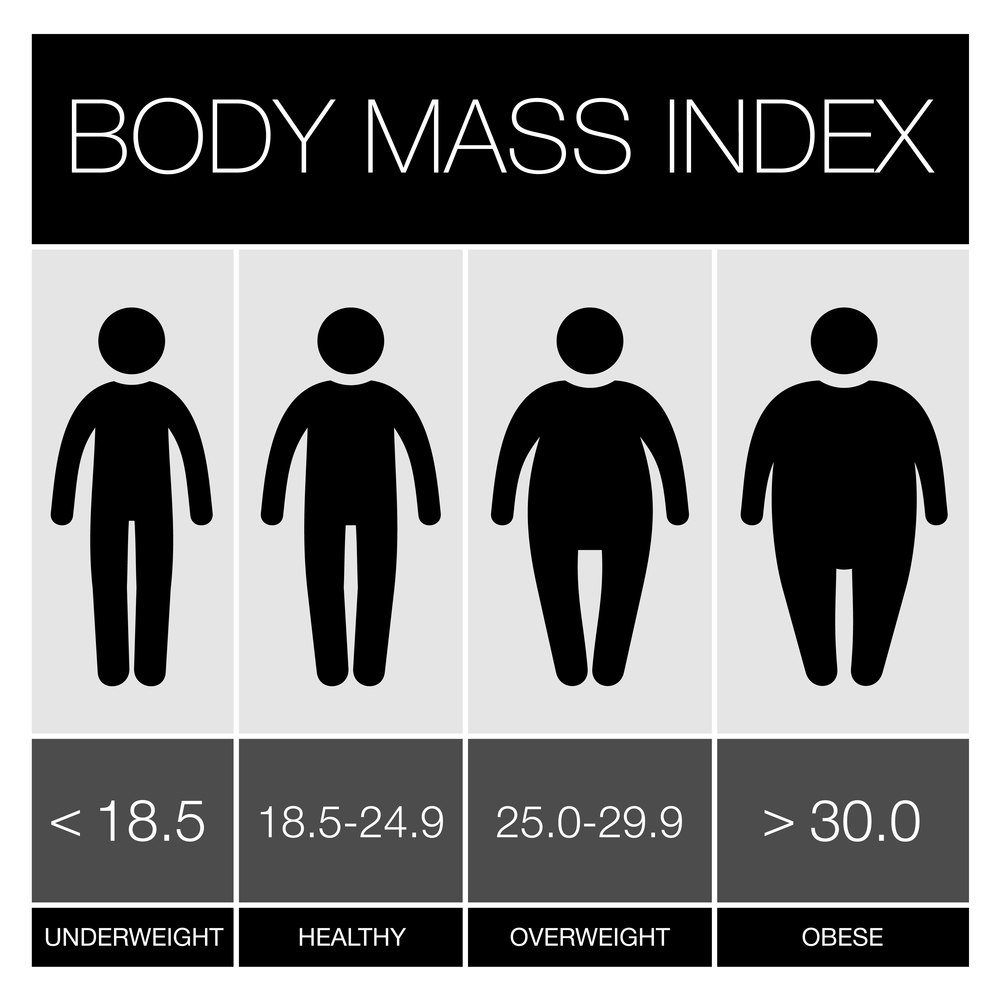Unmasking BMI: Is It Really the Ultimate Health Indicator?
We’ve all heard of BMI (Body Mass Index) at some point in our lives. It’s that mystical number that supposedly tells us if we’re healthy or not. But is it really the ultimate health indicator it’s cracked up to be? Let’s dig into the world of BMI and unveil the truth behind this seemingly simple metric.
What is BMI, Anyway?
BMI is a numerical representation of an individual’s body fat based on their height and weight. It was created by Adolphe Quetelet, a Belgian astronomer, mathematician, and statistician, in the early 19th century. The formula for calculating your BMI is pretty straightforward:
BMI = (Weight in kilograms) / (Height in meters)²
So, you plug in your weight and height, do a little math, and voila, you have your BMI. But what does it mean, and is it a reliable indicator of your health?
Breaking Down the BMI Categories
Before we delve into the reliability of BMI, let’s understand the categories it places people into:
- Underweight: BMI less than 18.5
- Normal Weight: BMI between 18.5 and 24.9
- Overweight: BMI between 25 and 29.9
- Obese: BMI 30 or greater
The Trouble with BMI
Now, here’s the kicker – BMI doesn’t take into account factors like muscle mass, bone density, and distribution of fat. It assumes that everyone with the same height and weight has the same level of health. But in the real world, our bodies are far more complex than that.
Let’s break down why relying solely on BMI can be misleading:
- Muscle vs. Fat: BMI doesn’t distinguish between muscle and fat. A muscular individual with low body fat might fall into the overweight or even obese category because muscle is denser than fat.
- Age and Gender Differences: BMI doesn’t consider age and gender variations. Women and older adults tend to have more body fat, which can skew the results.
- Distribution Matters: BMI doesn’t account for where your fat is located. Visceral fat (around organs) is more harmful than subcutaneous fat (under the skin), but BMI doesn’t care.
- Health Disparities: It doesn’t take into account factors like genetics and ethnicity, which can play a significant role in health disparities.
So, Is BMI Completely Useless?
Not necessarily. BMI can provide a rough estimate of an individual’s health status, especially for large population studies where it’s impractical to measure body composition in detail. It’s a quick and cost-effective tool for identifying potential health risks.
The Better Alternatives to BMI
While BMI has its limitations, there are more accurate ways to assess your health:
- Body Composition Analysis: Methods like DEXA scans, bioelectrical impedance, and skinfold thickness measurements provide a more detailed picture of your body composition.
- Waist Circumference: Measuring your waist circumference can help assess abdominal fat, a significant risk factor for health issues.
- Health Metrics: Focus on other health metrics like blood pressure, cholesterol levels, and blood sugar levels for a comprehensive view of your well-being.
Closing Thoughts: It’s All About the Bigger Picture
In conclusion, while BMI can be a useful tool for quick assessments, it’s far from the ultimate health indicator. It simplifies the complexities of the human body, and relying solely on it can lead to misinterpretations. Instead, consider the bigger picture of your health. Pay attention to how you feel, your energy levels, and the results of more accurate tests. Remember, your health is more than just a number on a chart – it’s a holistic experience that deserves a deeper understanding.
So, the next time someone mentions their BMI, nod politely, but also remember that there’s much more to their health story than meets the eye. Don’t let a number define your well-being; it’s just one piece of the puzzle.

